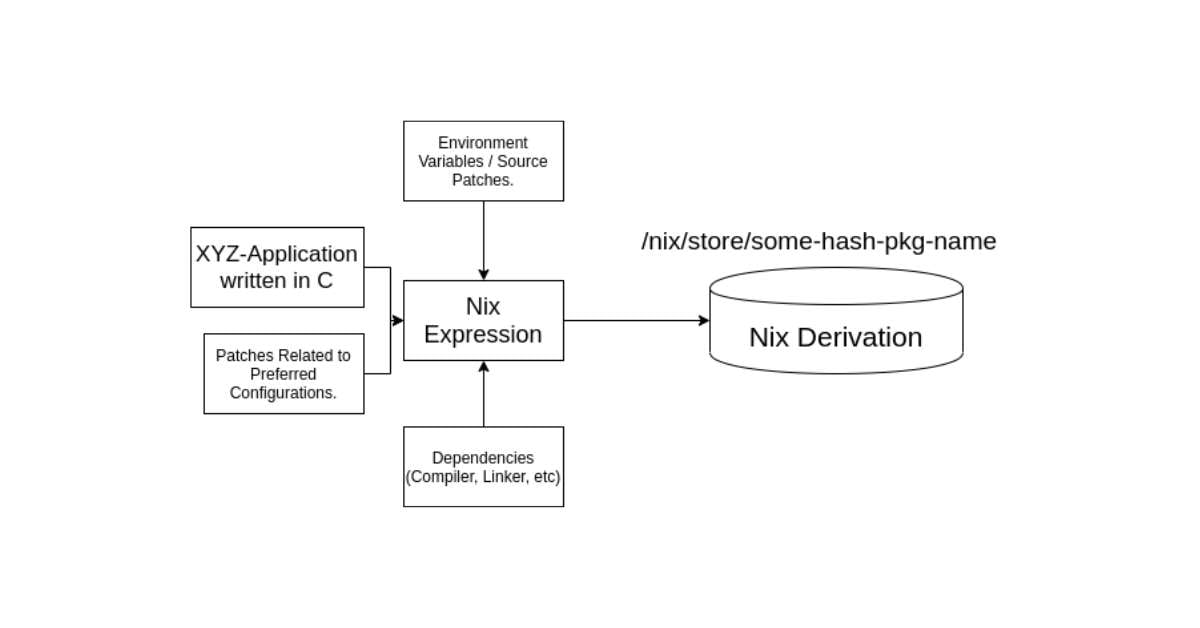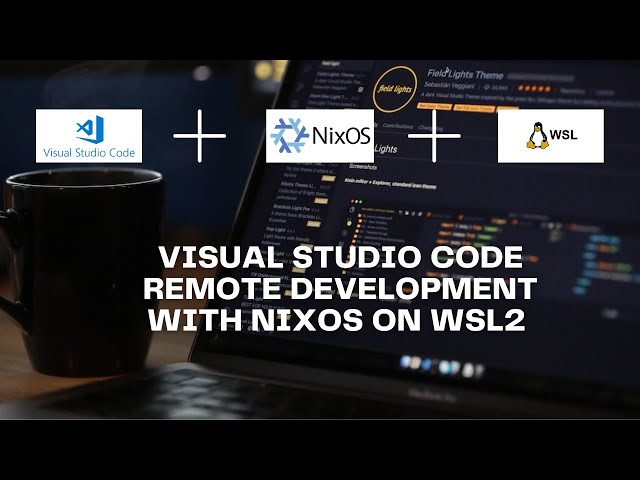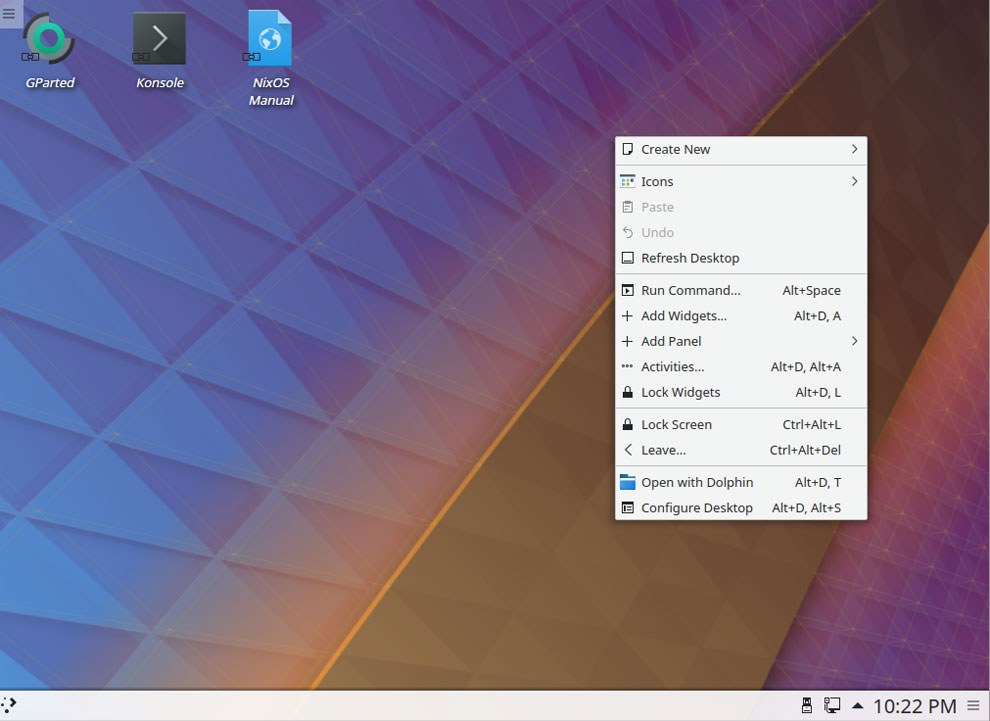
Unpacking the Nuances of NixOS: A Comprehensive Dive
Navigating the intricacies of NixOS can seem daunting to new users, yet the treasures it offers in terms of performance and reproducibility are undeniable. This article delves into the multifaceted nature of NixOS, exploring various aspects that define its uniqueness, along with practical insights and technical details aimed at both novice and experienced users.
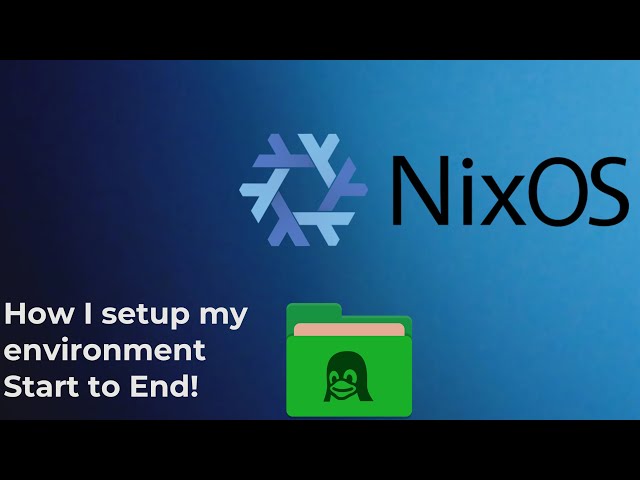 Exploring the NixOS ecosystem closely.
Exploring the NixOS ecosystem closely.
The Core Principles of NixOS
At its core, NixOS is built around a functional package manager, which fundamentally alters the way software is installed and managed. Unlike traditional Linux distributions, NixOS utilizes a declarative approach. This means that the entire system configuration is declared in a single configuration file, significantly reducing bugs and improving maintenance.
The implications of this design choice are profound; not only does it allow users to roll back configurations easily, but it also ensures that the system remains in a consistent state. The management of dependencies is handled with precision, minimizing the risk of version conflicts.
“NixOS encourages users to adopt a mindset where the environment is effortlessly reproducible.”
A Case Study: Managing Dependencies
To better understand the advantages of NixOS, let’s consider the management of dependencies. Traditional package managers often grapple with dependency hell, where conflicting library versions disrupt software functionality. NixOS counters this issue with a unique solution: instead of managing software in a centralized manner, it installs each package in isolation, complete with its dependencies.
This design enables developers and users to run multiple versions of the same application without interference, making it an invaluable tool in development, testing, and production environments. Users can easily switch between different configurations, testing new versions without jeopardizing stability.
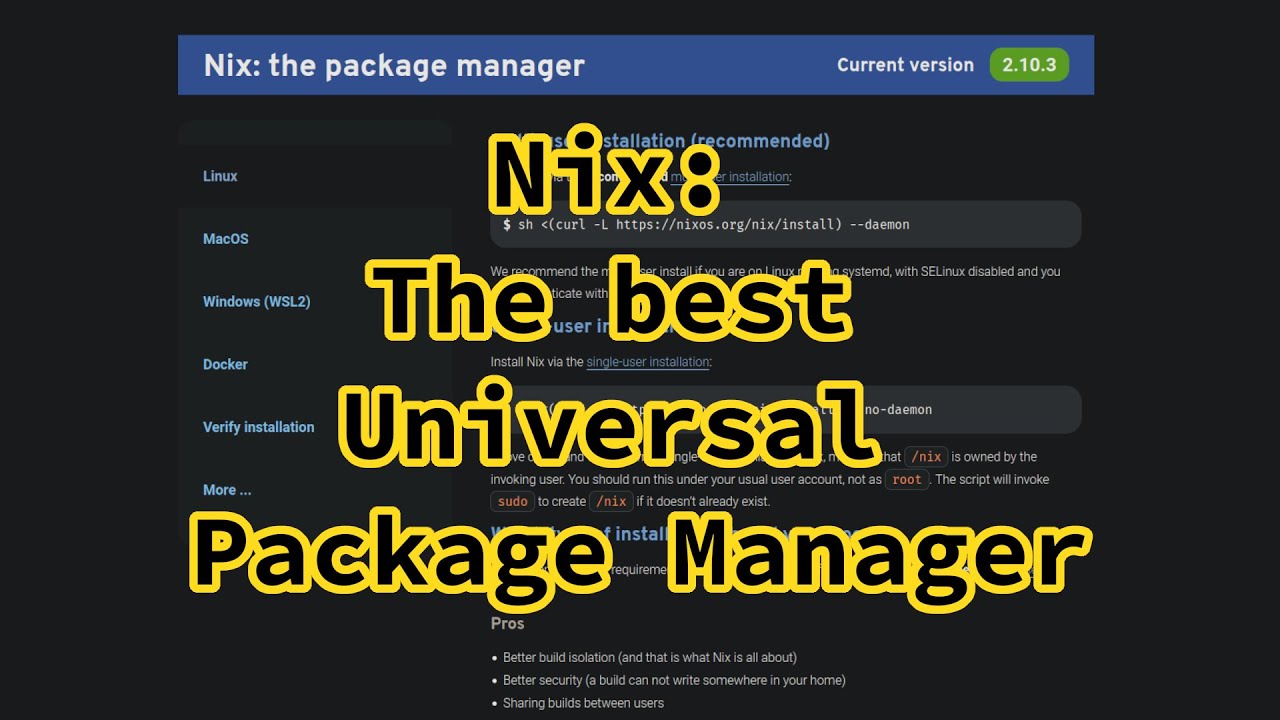 An illustration of NixOS package management methods.
An illustration of NixOS package management methods.
User Experience: Customization and Flexibility
One of the standout features of NixOS is its unparalleled flexibility in customization. Users can tailor their systems to their specific needs, whether they prioritize speed, minimalism, or extensive functionality. The community around NixOS is thriving, providing a wealth of resources and documentation that empower users to craft their ideal environments.
As NixOS expands its reach, various projects like Nixpkgs have emerged, allowing contributors to create and maintain packages. This collaborative spirit is pivotal to enhancing the ecosystem and fostering innovation among users.
Embracing the NixOS Community
Engaging with the NixOS community can significantly ease the learning curve associated with this unique operating system. Community forums, mailing lists, and various online platforms serve as centralized hubs for sharing insights, troubleshooting issues, and developing best practices.
Additionally, those new to NixOS are encouraged to dive into mailing lists or official chat rooms. Interactivity within these spaces promotes shared learning and collaboration, vital for anyone seeking to maximize their experience with NixOS.
Connect with the vibrant NixOS community.
Conclusion: The Road Ahead
In conclusion, NixOS stands out as a compelling choice for users seeking a more efficient, reproducible, and flexible Linux experience. As the community continuously works on enhancing its features and library offerings, the future looks promising.
Whether you’re a newcomer or a seasoned developer, exploring NixOS opens up endless possibilities for crafting personalized computing environments that align with your specific goals. Embrace the snowflake that is NixOS, and you’ll discover a richly rewarding journey ahead.










